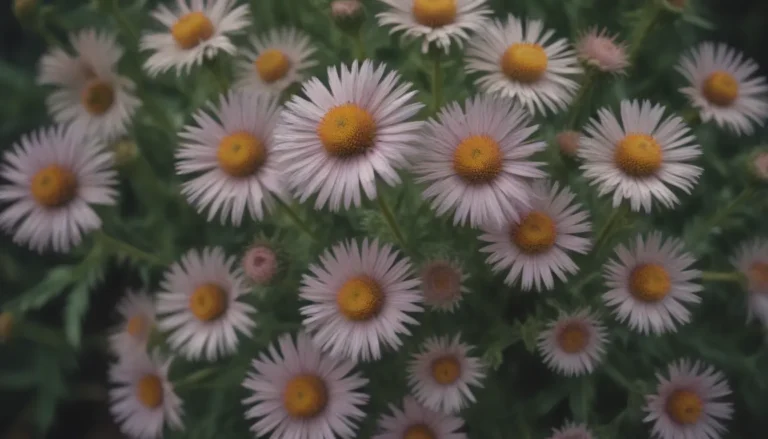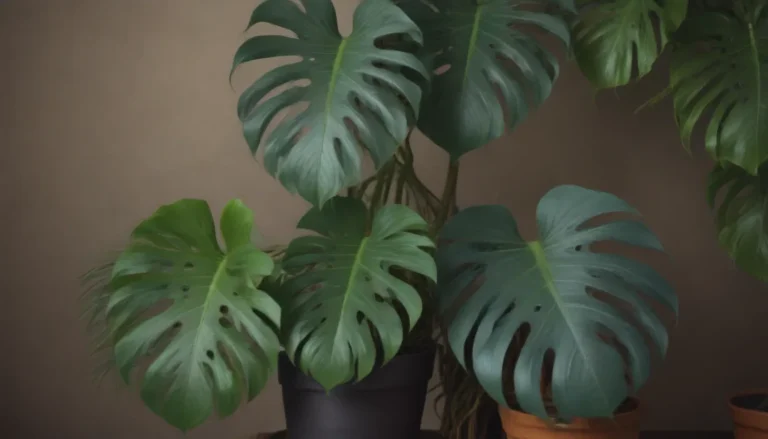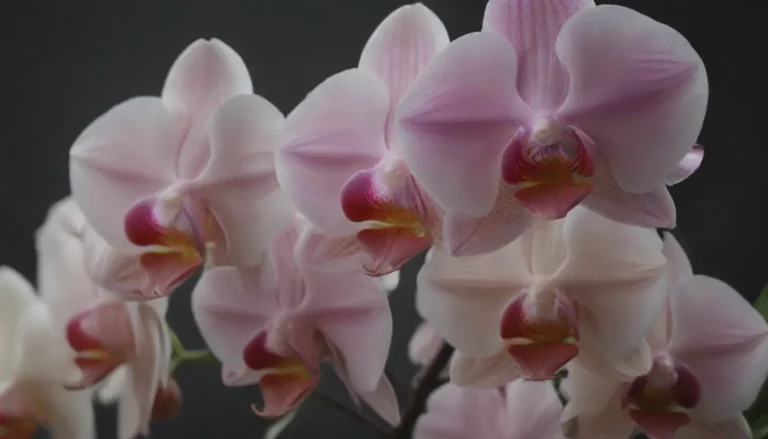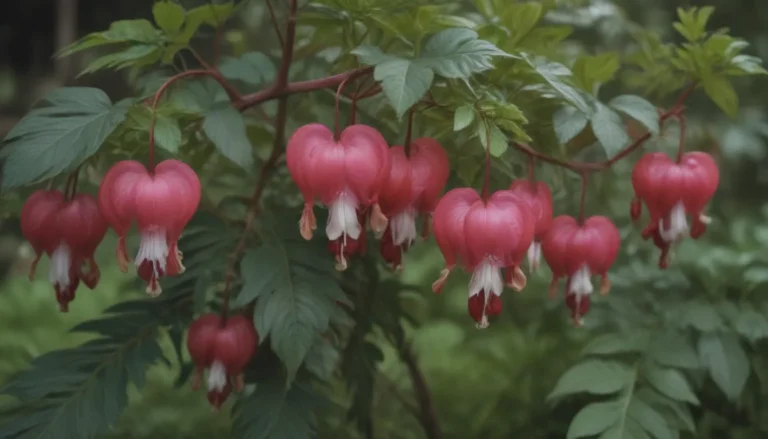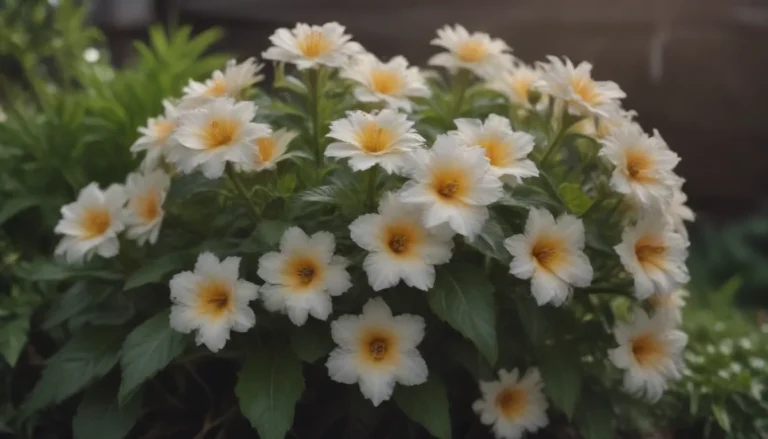Comprehensive Guide to Growing and Caring for Ginger Lily
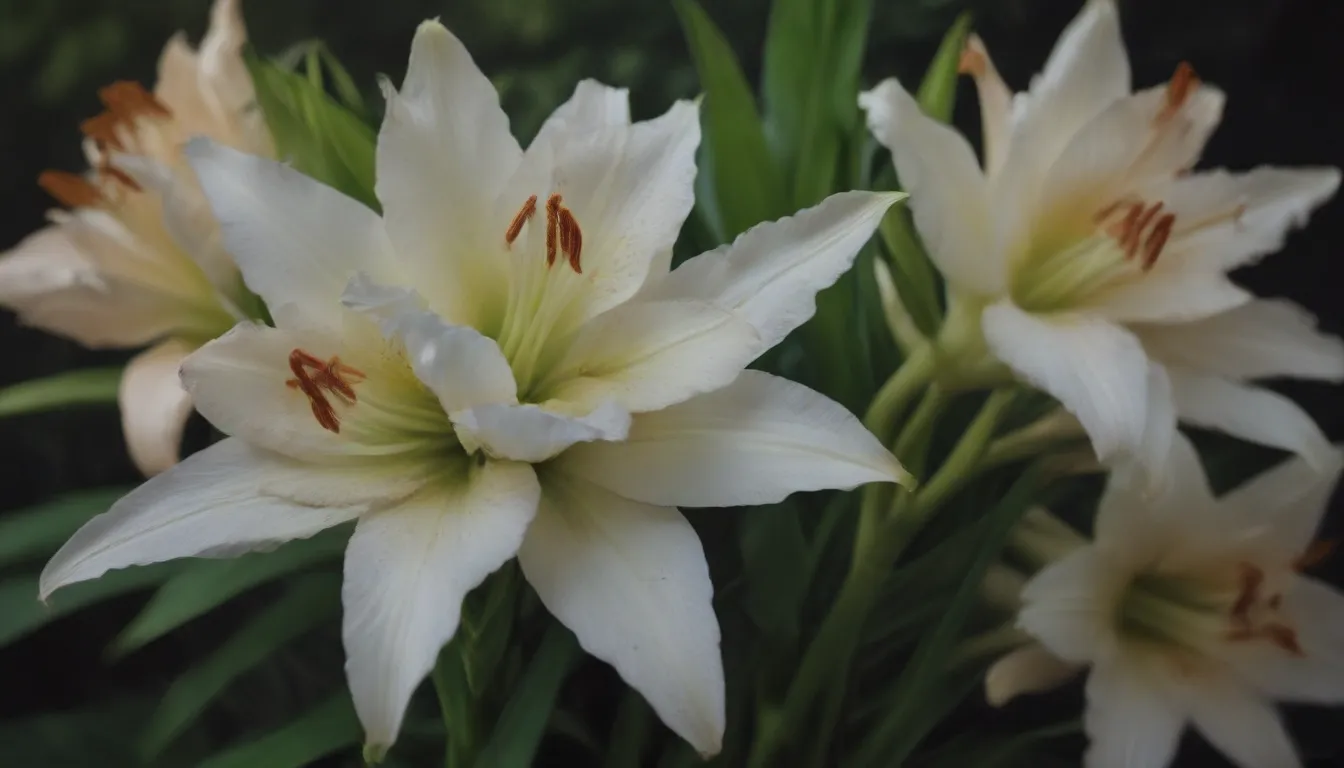
Are you looking to add a touch of tropical beauty to your garden or home? Ginger lilies, also known as Hedychium spp., are the perfect choice. These exotic flowering plants are known for their fragrant blooms that come in various colors like white, yellow, orange, and peach. In this comprehensive guide, we will delve into everything you need to know about growing and caring for ginger lilies.
Introduction to Ginger Lily
Ginger lilies are a genus of approximately 70 tropical flowering plant species that thrive in partial sun and moist, well-drained soil. These plants are popular for their beautiful flowers that not only enhance bouquets but also attract pollinators like hummingbirds and butterflies. While ginger lilies are perennial in USDA hardiness zones 8 through 11, they need to be brought indoors during the winter in colder regions. Unlike the edible ginger root, ginger lilies are grown purely for ornamental purposes.
Ginger Lily Care Tips
Taking care of ginger lilies is relatively easy once they are established. Here are some essential care tips to help your ginger lilies thrive:
Light: Plant your ginger lilies in a location that receives no more than four hours of direct sunlight per day. Partial sun, morning sunlight, or bright, dappled light are also suitable. Too much direct sun can cause the leaves to curl.
Soil: Choose well-drained, moist soil for your ginger lilies to prevent root rot. Adding compost to the soil a few weeks before planting will boost organic matter, providing the plant with the necessary nutrients and moisture retention.
Water: Keep the soil consistently moist, especially during hot weather. Ginger lilies are not drought-tolerant, so regular watering is crucial for their growth and flowering.
Temperature and Humidity: Ginger lilies thrive in warm, humid tropical or subtropical regions. In colder climates, they can be grown in containers during the summer and overwintered indoors.
Fertilizer: Feed your ginger lily with a balanced liquid plant fertilizer once a month during the growing season, ensuring you fertilize a day after watering to avoid root burn.
Types of Ginger Lily
Ginger lilies have evolved over the years, with more than 100 cultivars available today. Some popular types include:
- White ginger lily (Hedychium coronarium)
- Hedychium ‘Daniel Weeks’
- Hedychium ‘Anne Bishop’
Pruning and Propagating Ginger Lily
To keep your ginger lilies healthy and blooming, remember to:
- Pinch off faded flowers in late summer to encourage more blooms.
- Divide mature plants every three to four years to prevent overcrowding and promote new growth.
Propagating ginger lilies is easy and can be done in the spring when the plant is sprouting new growth. Here’s a quick guide on how to propagate ginger lilies:
- Use a shovel, trowel, and sharp knife.
- Divide the plant carefully, ensuring each division has enough roots.
- Plant the divisions in well-drained soil with organic compost.
- Water regularly and watch your new ginger lilies grow.
Overwintering Ginger Lily
In colder regions, it’s essential to overwinter your ginger lilies indoors after frost has killed off the foliage. Store the rhizomes in a cool, dry place above 40 degrees Fahrenheit to protect them until spring.
Common Pests and Diseases
Keep an eye out for common pests like spider mites, scale, and aphids, as well as diseases like bacterial wilt and root rot. Regular inspection and prompt treatment are key to keeping your ginger lilies healthy.
Troubleshooting Common Problems
While ginger lilies are generally low maintenance, here are some common issues to watch out for:
- Curling Leaves: Too much sun can cause leaves to curl. Opt for partial shade to prevent this.
- Brown Edges on Leaves: Brown edges indicate insufficient water. Increase watering and consider mulching outdoor plants to retain moisture.
- Drooping Leaves: Bacterial wilt can cause leaves to droop. Remove infected rhizomes and soil to prevent spreading.
By addressing these issues promptly, you can ensure your ginger lilies remain vibrant and thriving.
In conclusion, growing and caring for ginger lilies can bring a touch of exotic beauty to your garden or indoor space. With the right conditions and proper care, these fragrant blooms will reward you with their elegant presence. Remember to provide adequate sunlight, moisture, and nutrients, and your ginger lilies will flourish for years to come. Happy gardening!
